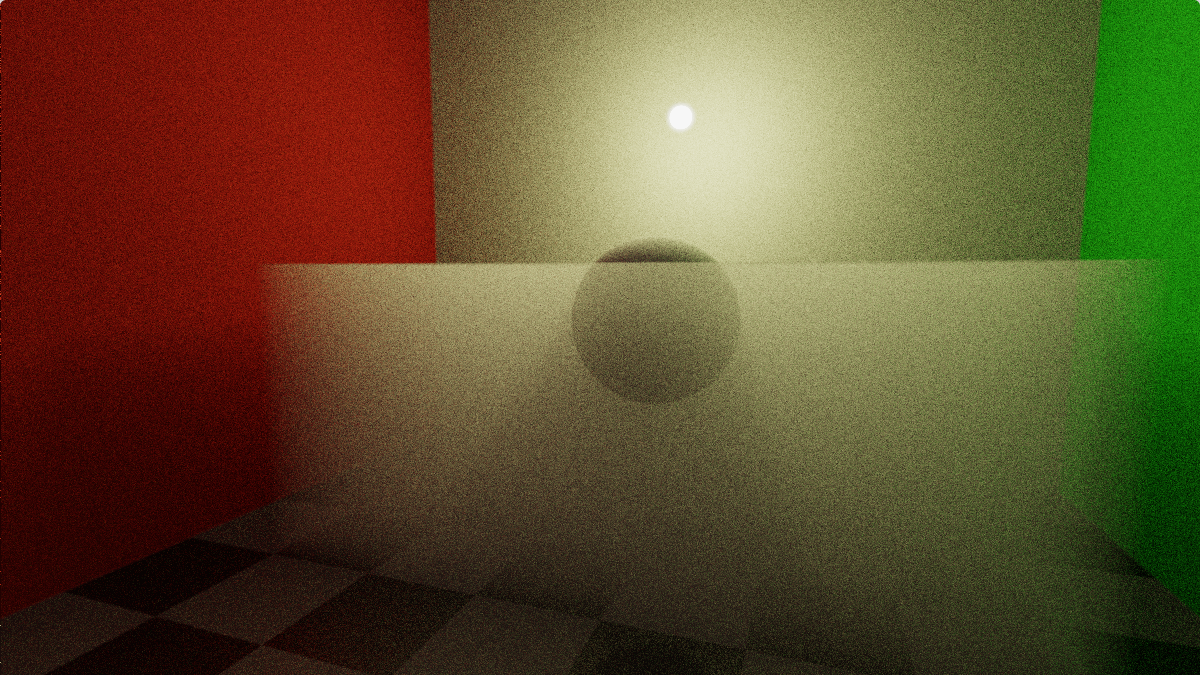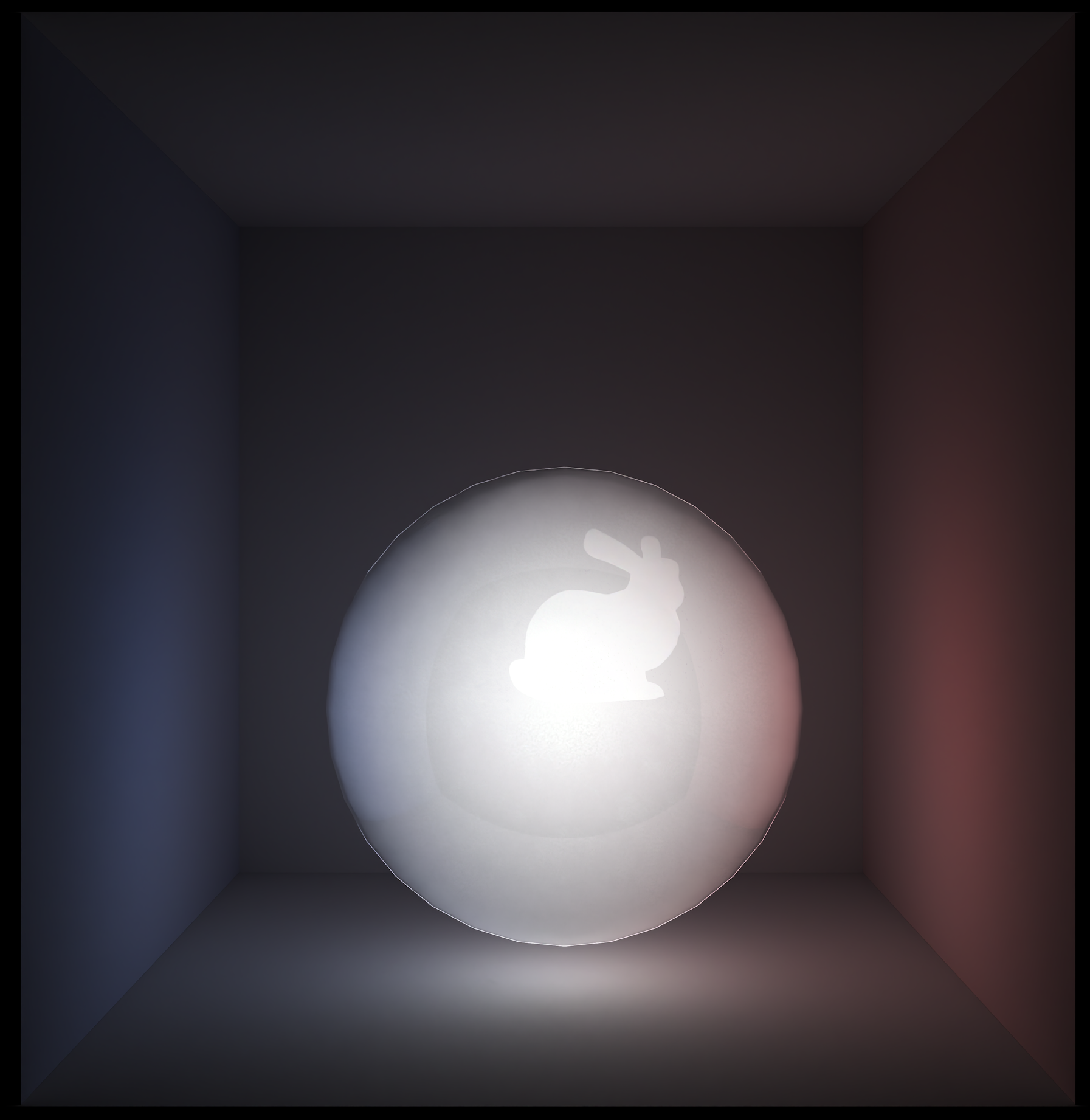taby said:
What benefits would there be if I did use ray marching?
Blurry rabbits, of coarse. And the fog / haze stuff i have mentioned before.
We could argue that DOF is enough to get blurry stuff, but no. People don't like DOF, because it's blurry. And because they can't control their focus to decide themselves what's sharp and what not. Thus DOF is useful only for cutscenes.
But people do like atmospheric haze stuff. It would be very nice if we could improve over the cheap volumetric lighting approximations we have now, which lack the blur.
It also would be nice to have walls made of ice, and you can see what's behind but it's diffuse and blurry, e.g. a big area light, turning the ice wall into something beautiful.
Things like that. The closest attempt i remember is this: http://www.zyanidelab.com/lighting-participating-media-with-thousands-of-lights/
However, doing this with RT requires to trace primary visibility, ditching efficient rasterization completely.
Almost nobody is doing this right now, for good reasons.
So i would work on this only for fun and learning purposes.
taby said:
Believe me, I tried other methods… 5 in total, over the past month. I'm just glad to have finally found a solution.
Sounds you mostly reinvent wheels on your own?
That's not necessarily bad, but the movie guys have figured out all the stuff already. How's it with the PBRT book, which is free and online?
Personally i can't read it's equations. I also tried to read Veachs thesis, which is even worse. But i just lack the background. PBRT has code as well, however.
And how serious are you about a path traced game?









